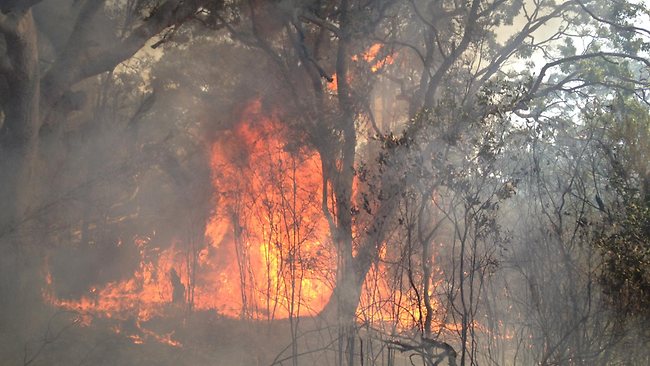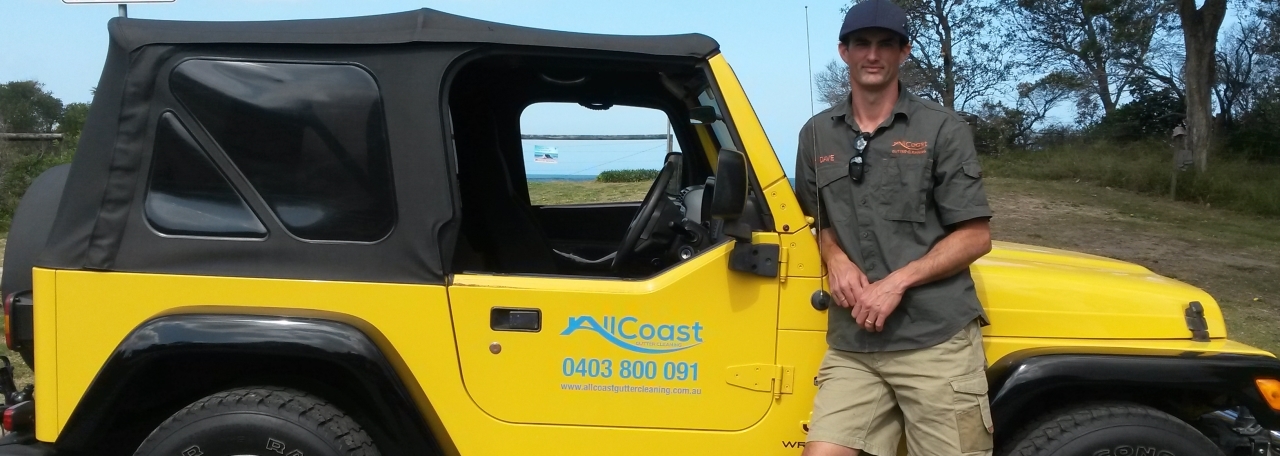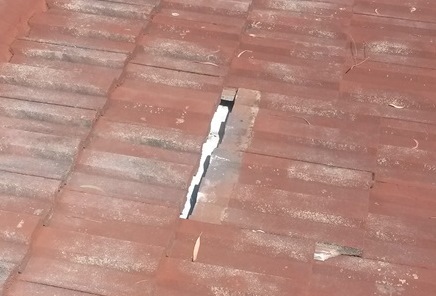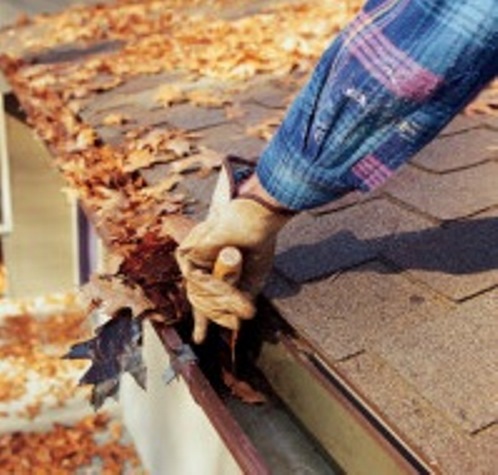
Have you prepared your home and developed your Bushfire Survival Plan?
The Central Coast combines all the natural elements with our beautiful coastlines and pristine national parks but unfortunately these beautiful natural elements can quickly become engulfed by devastating bushfires. The Australian landscape has a long history of bushfires as they present in a regular cycle in our climate. A bushfires safety plan on the Central Coast is a must.
If you live or work in or near bushland, then you are at risk from bushfire.
As we draw closer to the warmer months of the year, now is a good time to develop or revisit your Bushfire Safety Plan and prepare your home to reduce the risk of a bushfire devastating your property.
If your home is located in a bushfire prone area you need to prepare your home and family for a bushfire. To help you determine if you are at risk of a bushfire, the RFS has released the below statement:
The word “bushland” can mean trees, forest, scrub, grassland, crops, woodland, farmland and includes paddocks parks and reserves.
Now you have determined that you are at risk from bushfire, below are some inexpensive ways to help you prepare for a bushfire:
- Cut back any overhanging trees and shrubs – new laws state that if you are in a 10/50 Vegetation Clearing Entitlement Area you are able to clear trees within 10 metres of your home and clear underlying vegetation such as shrubs within 50 metres of your home. To check if you are in a 10/50 Vegetation Clearing Entitlement Area go to www.rfs.nsw.gov.au/plan-and-prepare/1050-vegetation-clearing for more information
- Check the condition of your roof and ensure there is no damage to tiles and ridge capping and ensure that they are properly in place.
- Clean leaves and debris from the roof, gutters and downpipes. Homes with gutter guard products installed are no exception to this.
- Store wood piles away from the house and keep them covered
- Ensure garden mulch is away from the house
- Keep your grass short
- Keep any flammable items away from your house
- Check the condition of the walls and cladding of your home and repair any gaps
- If you use any gas cylinder bottles for the energy in your home, ensure that the pressure relief valve is facing away from the house
- Make a Bushfire Safety Plan and ensure that every member of your household has an understanding of it
If your bushfire risk assessment determines that you are not directly threatened by a bushfire, you still may be impacted by burning embers. Burning embers can travel through the air, setting fire to homes a few streets back from the bush. Using the points above, you can reduce the risk of embers starting spot fires around your home.
Interesting Facts About Embers
- An ember or spark can reach your home hours before the fire front arrives
- An ember or spark can impact on a house up to eight hours after the fire has passed
- Small spotfires started by embers can quickly get out of control
- Most houses burn in bushfires because of ember attack
- Embers can travel many kilometres ahead of a fire, so even if you are not directly threatened by a bushfire, you may be impacted by embers.
The best thing you can do before and during bushfire season is to prepare your property against the threat of a bushfire or ember attack which will make your home more likely to survive the attack and will make it easier for you or firefighters to defend.
Help keep you, your family, your neighbours and community safe and perform the required preparations to your home. What you do to your property to prepare not only has an impact on you and your family, but as you’ve just read, an impact on your neighbours family and community as well.
Remember clean gutters and roofs play a major role in bushfire preparedness for your home
Referencing websites:
Calculate your bushfire attack level http://www.balreport.com.au/
Determine if you are in a 10/50 Vegetation Clearing Entitlement Area http://www.rfs.nsw.gov.au/plan-and-prepare/1050-vegetation-clearing
Download your copy of the Bushfire Survival Plan http://www.rfs.nsw.gov.au/__data/assets/pdf_file/0017/2933/BushFireSurvivalPlan.pdf
RFS Website http://www.rfs.nsw.gov.au







